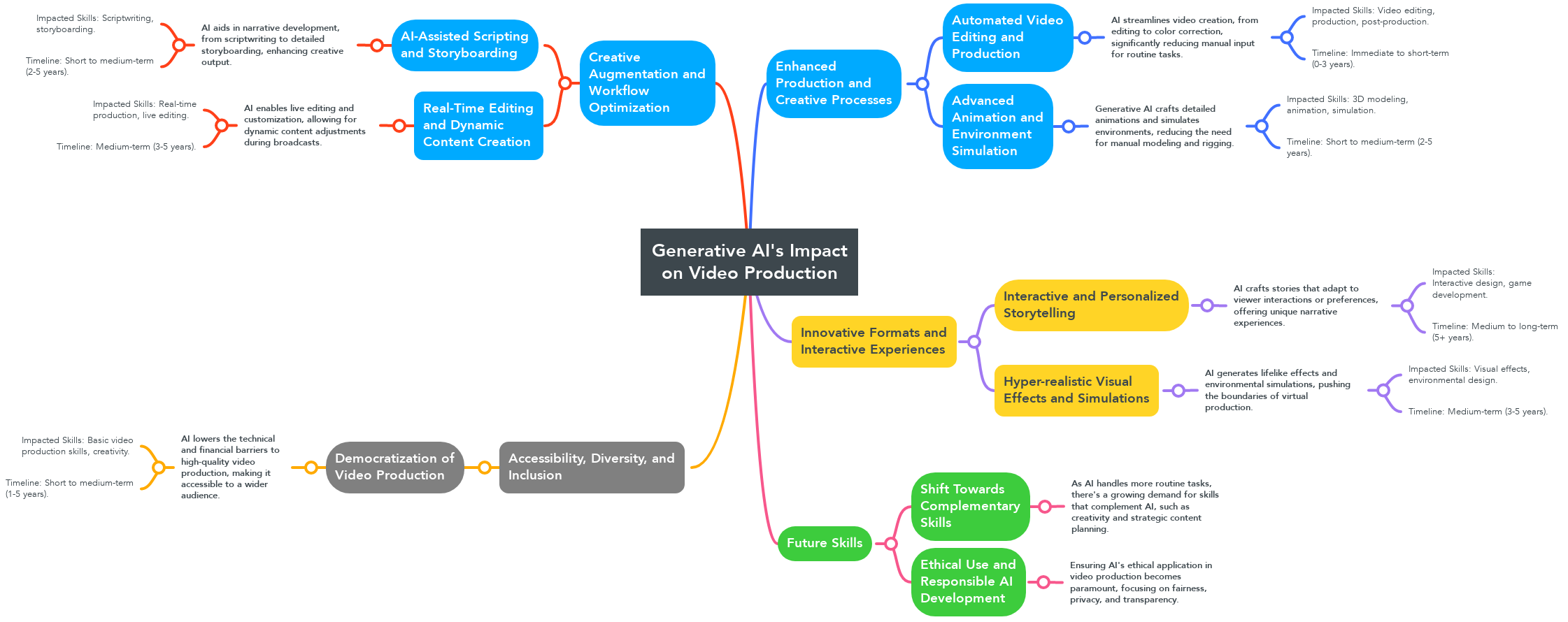Tech narratives equally vital in AI progress
AI technology has been widely used in China across sectors such as education, medical care, and agriculture. Many local governments are leveraging innovation to promote the development of AI and related industries. As the marathon of AI progress continues, the emergence of DeepSeek on the global scene has brought significant changes.
![Tech savvies' views on China's AI 'fever'[1]- Chinadaily.com.cn](https://www.chinadaily.com.cn/bizchina/img/attachement/jpg/site1/20161024/a41f726b08411977c33227.jpg)
DeepSeek's entry into the market has disrupted expectations in the AI world and challenged the dominance of existing players. While some consider DeepSeek a formidable competitor, others see it as a second-mover gaining advantage in an evolving AI landscape. The crucial question remains whether DeepSeek's success is merely a result of being a second-mover or a serious contender in the AI narrative.
Second-Mover Advantage in AI Innovation
Second movers often have advantages in terms of radical innovation by observing, refining, and optimizing existing technologies. Chinese companies, known for their efficiency and cost reduction strategies, excel in optimizing resources and reducing research and development costs.
Second movers leverage the groundwork laid by first movers, reducing risks and costs associated with introducing new concepts. They can study the shortcomings of pioneer products and enter a market that is already prepared for adoption, leading to faster user acceptance.

One of the stark differences between China and the US in technology leadership lies in the background of decision-makers. While US leaders often have training in law or similar subjects, Chinese leaders are predominantly trained in engineering disciplines, enriching their factual knowledge.
The Role of Narratives in AI Development
The success of AI tools is not just about technical sophistication and cost efficiency but also about market readiness and social receptiveness shaped by narratives. The narratives surrounding AI advancements play a crucial role in public perception and adoption.
Both OpenAI and DeepSeek have contributed to shaping the narrative around AI, with OpenAI introducing AI assistants to the mainstream consciousness and DeepSeek challenging existing perceptions of technological supremacy. The contrast between the US and China in narrative construction highlights the importance of integrating a narrative strategy into technological advancements.

Constructing Meaning in the AI Revolution
As China aims to lead in AI innovation, it must focus on narrative construction alongside technical advancements. A compelling narrative not only shapes public mentality but also influences the trajectory of technological progress. By prioritizing narrative strategy, Chinese companies can establish their narrative in the global AI landscape.
Ultimately, the success of AI adoption hinges not only on technological breakthroughs but also on the stories and narratives that accompany these advancements. China's journey in AI leadership involves writing its narrative and shaping the future of technology.
For more information, you can read the full article here and here.



















